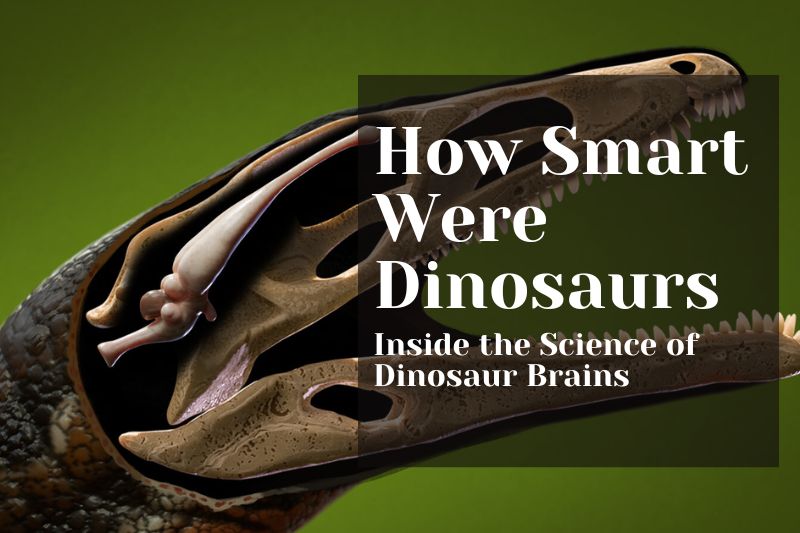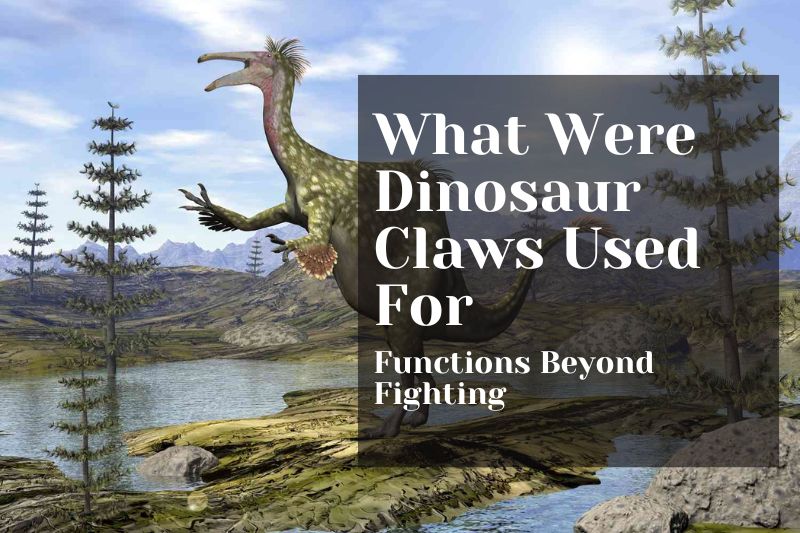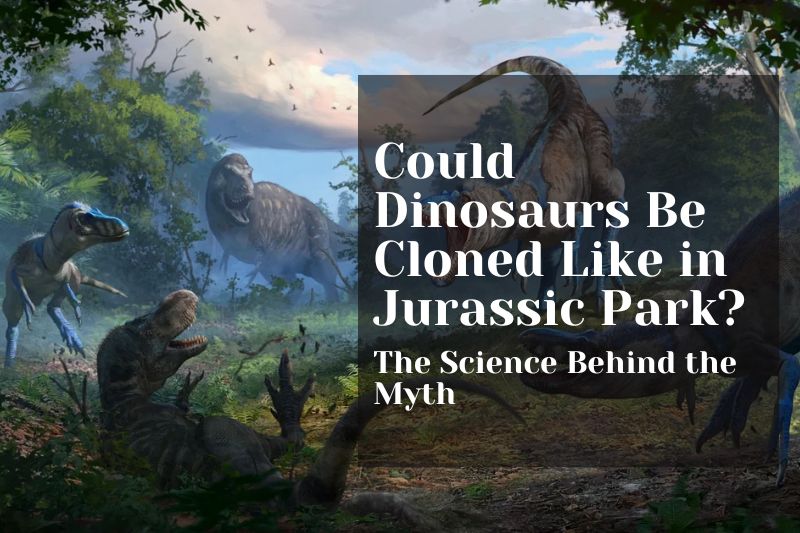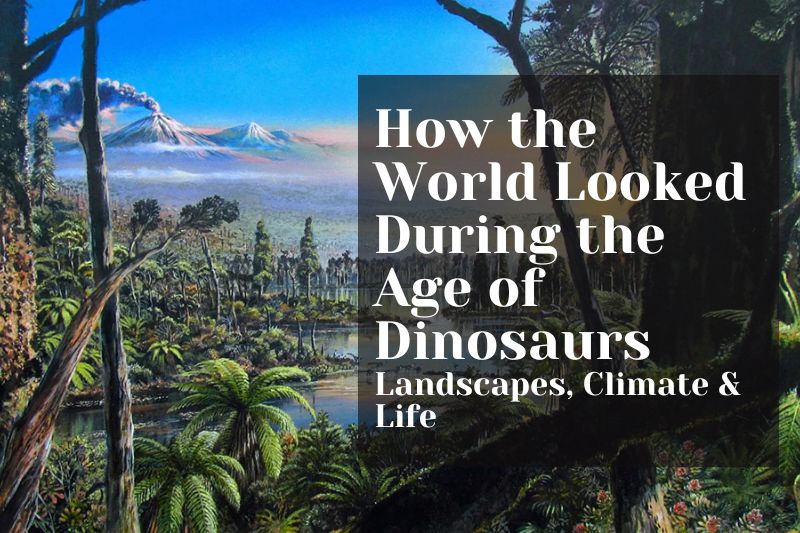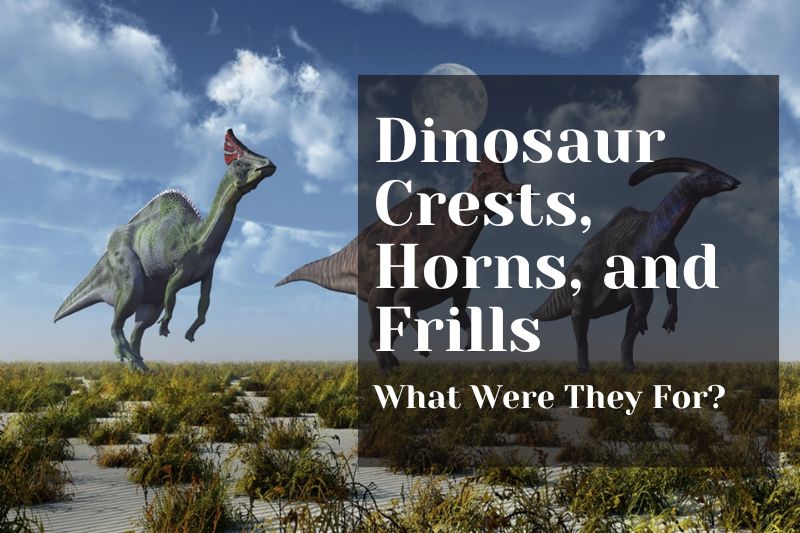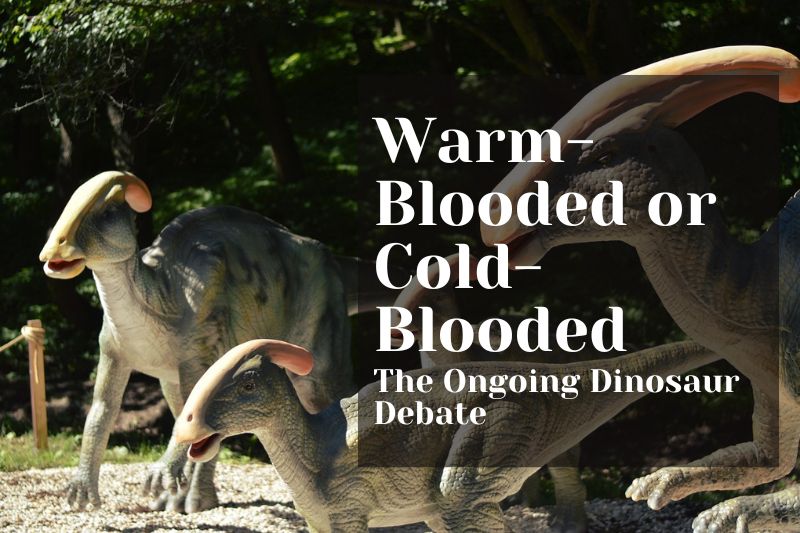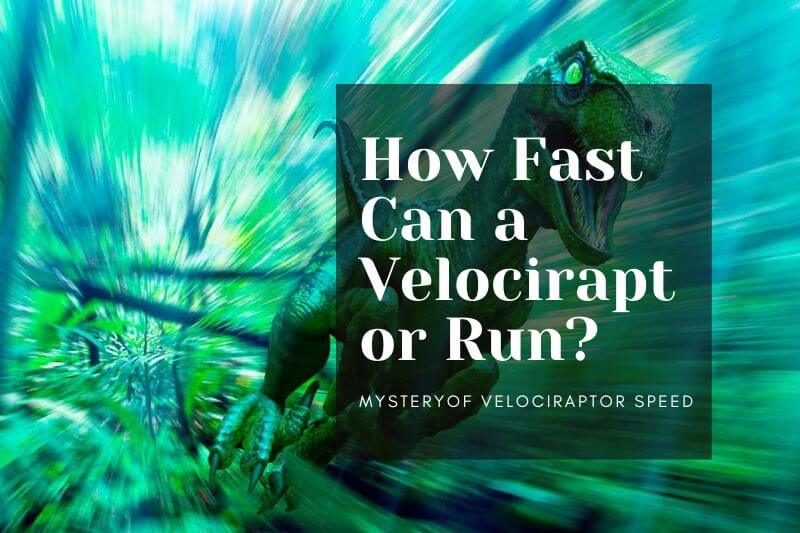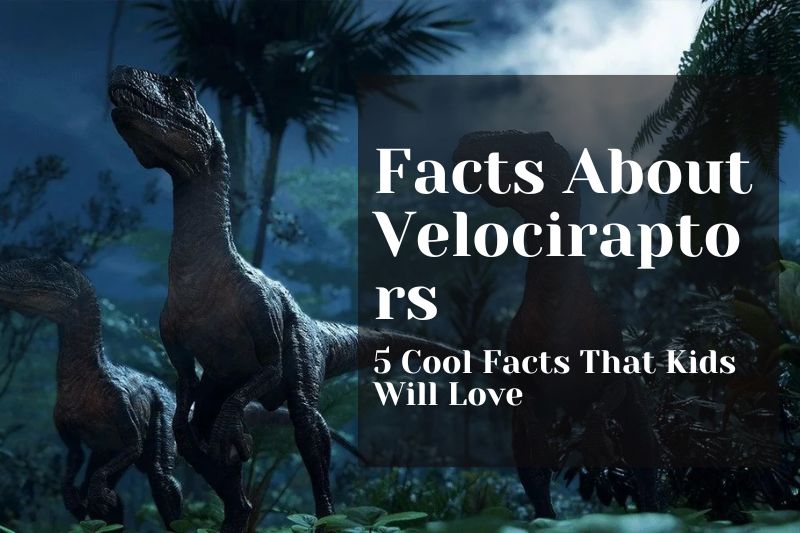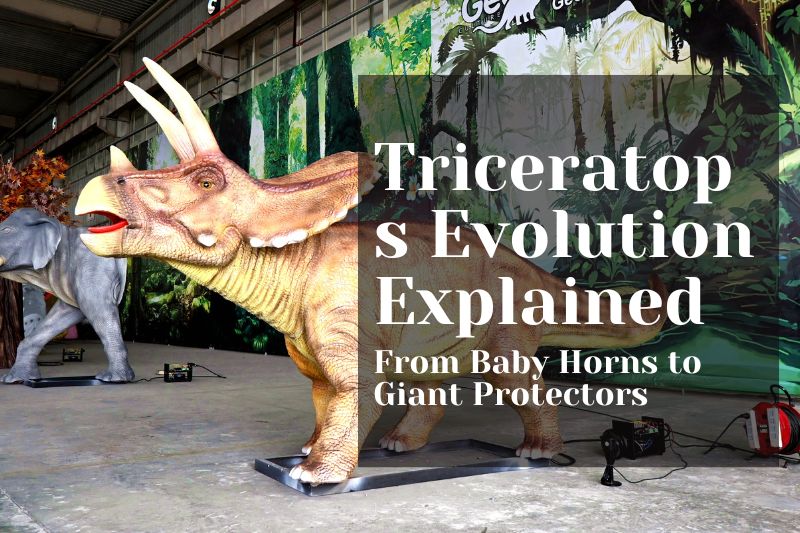The Giants of the Prehistoric World: The Biggest Dinosaurs
Date:2024/08/07 Visits:1883
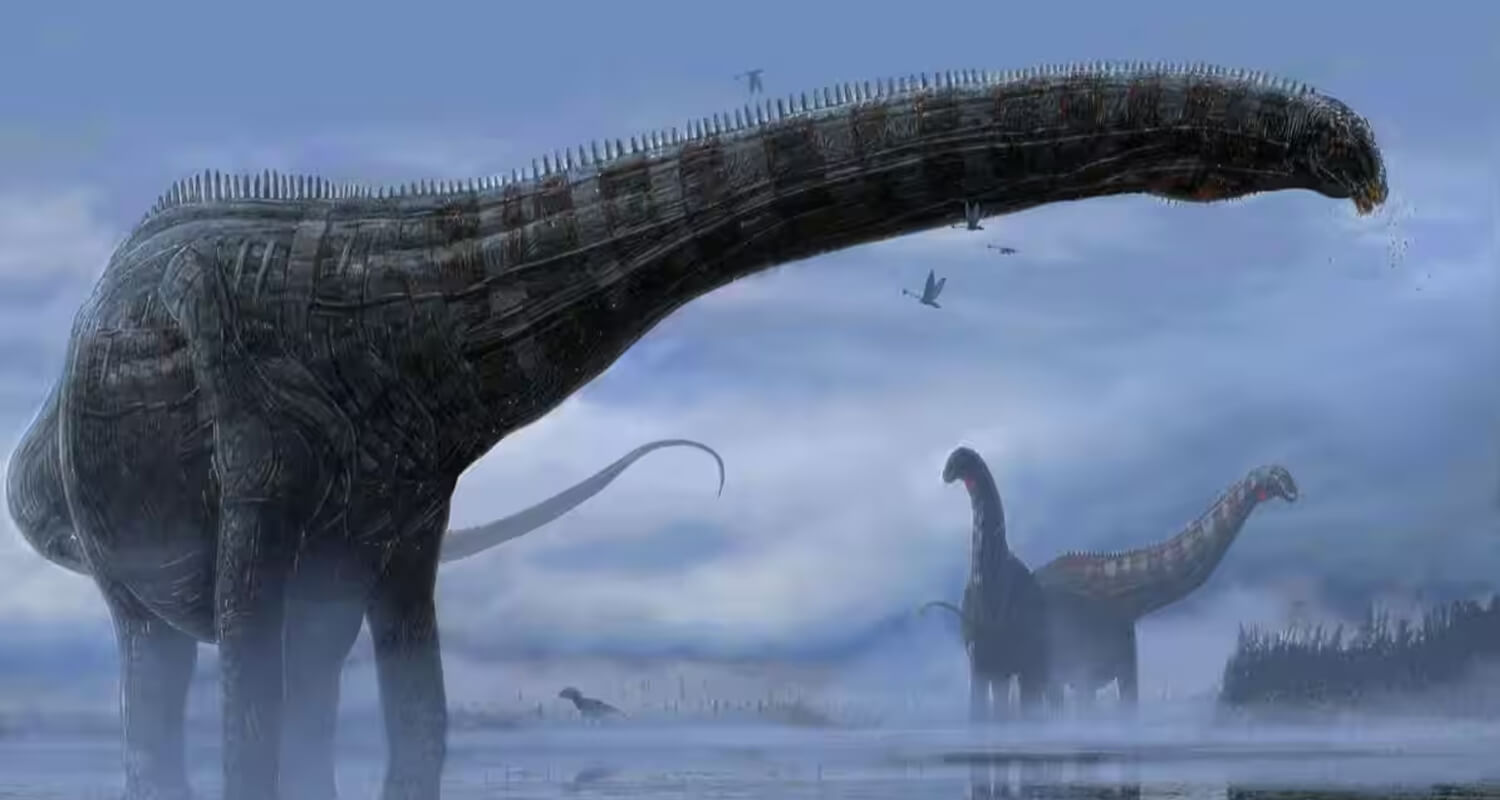 Dinosaurs have always fascinated us with their immense size and the mysteries surrounding their existence. Among these prehistoric giants, some stood out due to their sheer size and grandeur. In this article, we will explore the biggest dinosaurs to ever roam the Earth, delving into their characteristics and the awe they inspire. Additionally, we'll highlight how our animatronic dinosaurs can bring these colossal creatures to life in a captivating and educational way.
Dinosaurs have always fascinated us with their immense size and the mysteries surrounding their existence. Among these prehistoric giants, some stood out due to their sheer size and grandeur. In this article, we will explore the biggest dinosaurs to ever roam the Earth, delving into their characteristics and the awe they inspire. Additionally, we'll highlight how our animatronic dinosaurs can bring these colossal creatures to life in a captivating and educational way.
Features of the Biggest Dinosaurs
 The largest dinosaurs were primarily herbivores, known as sauropods, characterized by their long necks, massive bodies, and pillar-like legs. These gentle giants roamed the Earth millions of years ago, feeding on vast amounts of vegetation to sustain their enormous sizes. Their massive frames required unique adaptations, such as air sacs in their bones to reduce weight and long tails for balance. On the other hand, the largest carnivorous dinosaurs were bipedal predators with powerful jaws and sharp teeth, designed to hunt and consume large prey.
The largest dinosaurs were primarily herbivores, known as sauropods, characterized by their long necks, massive bodies, and pillar-like legs. These gentle giants roamed the Earth millions of years ago, feeding on vast amounts of vegetation to sustain their enormous sizes. Their massive frames required unique adaptations, such as air sacs in their bones to reduce weight and long tails for balance. On the other hand, the largest carnivorous dinosaurs were bipedal predators with powerful jaws and sharp teeth, designed to hunt and consume large prey.
Biggest Dinosaurs List
Argentinosaurus
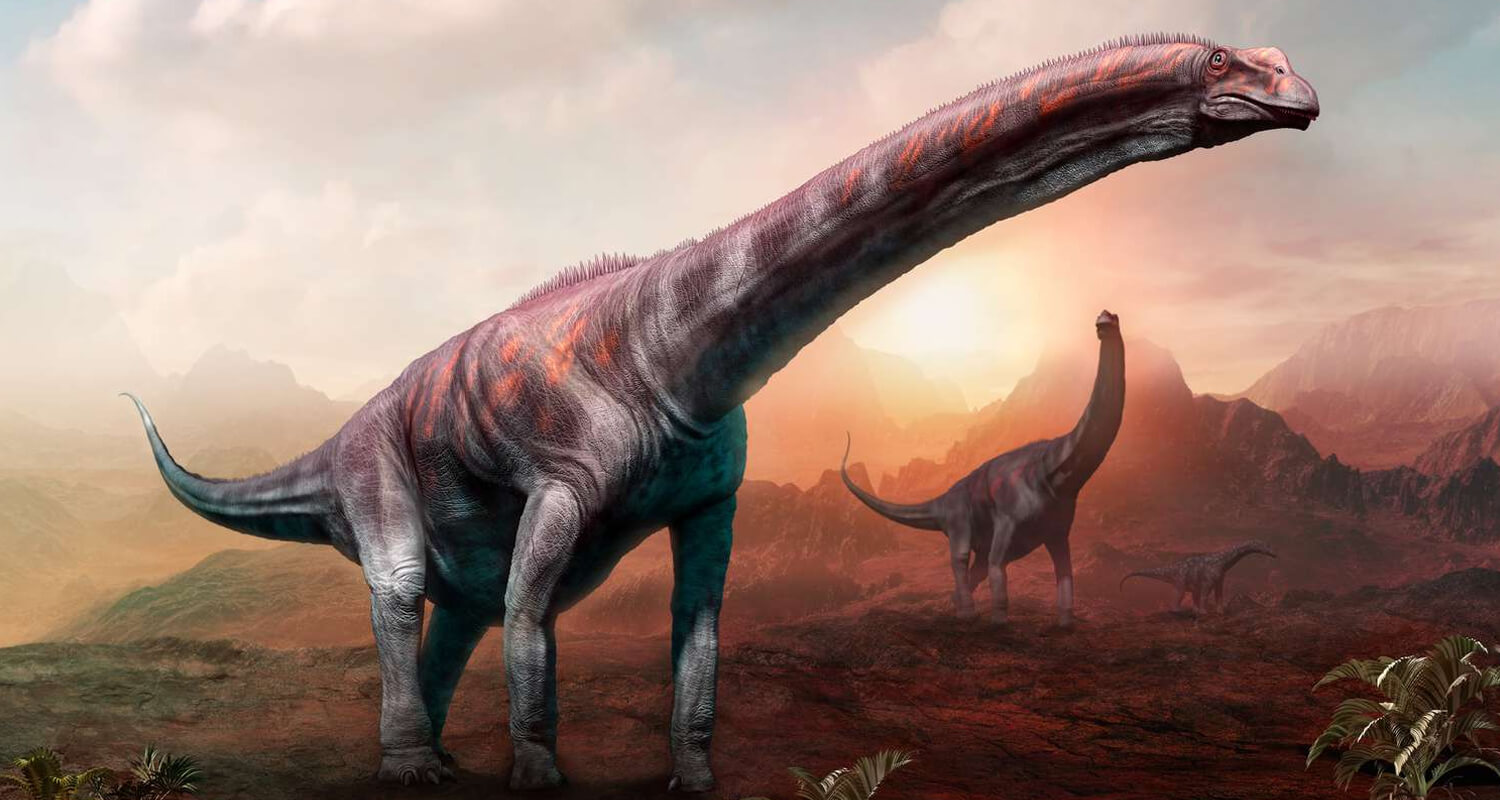
Size: Approximately 30 to 40 meters (98 to 131 feet) long
Weight: Estimated 50 to 100 tons
Time Period: Late Cretaceous (around 94 to 97 million years ago)
Argentinosaurus was one of the largest known sauropod dinosaurs, with a colossal body and a long neck. It had a massive, barrel-shaped torso and a relatively long tail. Its sheer size made it an impressive herbivore, likely feeding on high vegetation.
Patagotitan
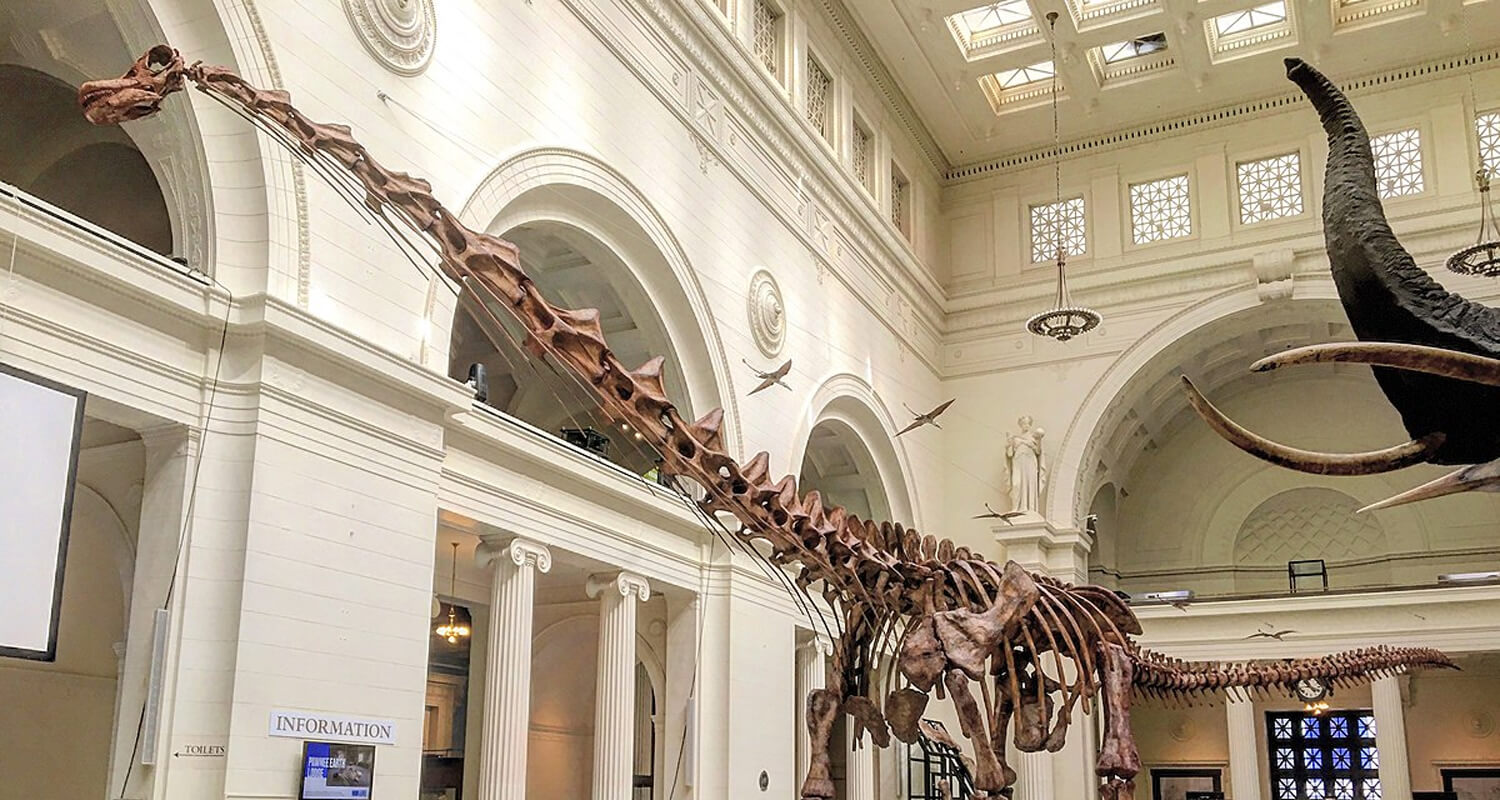
Size: About 37 to 40 meters (121 to 131 feet) long
Weight: Estimated 70 to 80 tons
Time Period: Late Cretaceous (approximately 100 million years ago)
Patagotitan was a gigantic sauropod with an enormous body and a long neck, similar in size to Argentinosaurus. It had a robust build and a thick, pillar-like leg structure, enabling it to support its immense weight as it fed on vegetation in what is now Argentina.
Dreadnoughtus
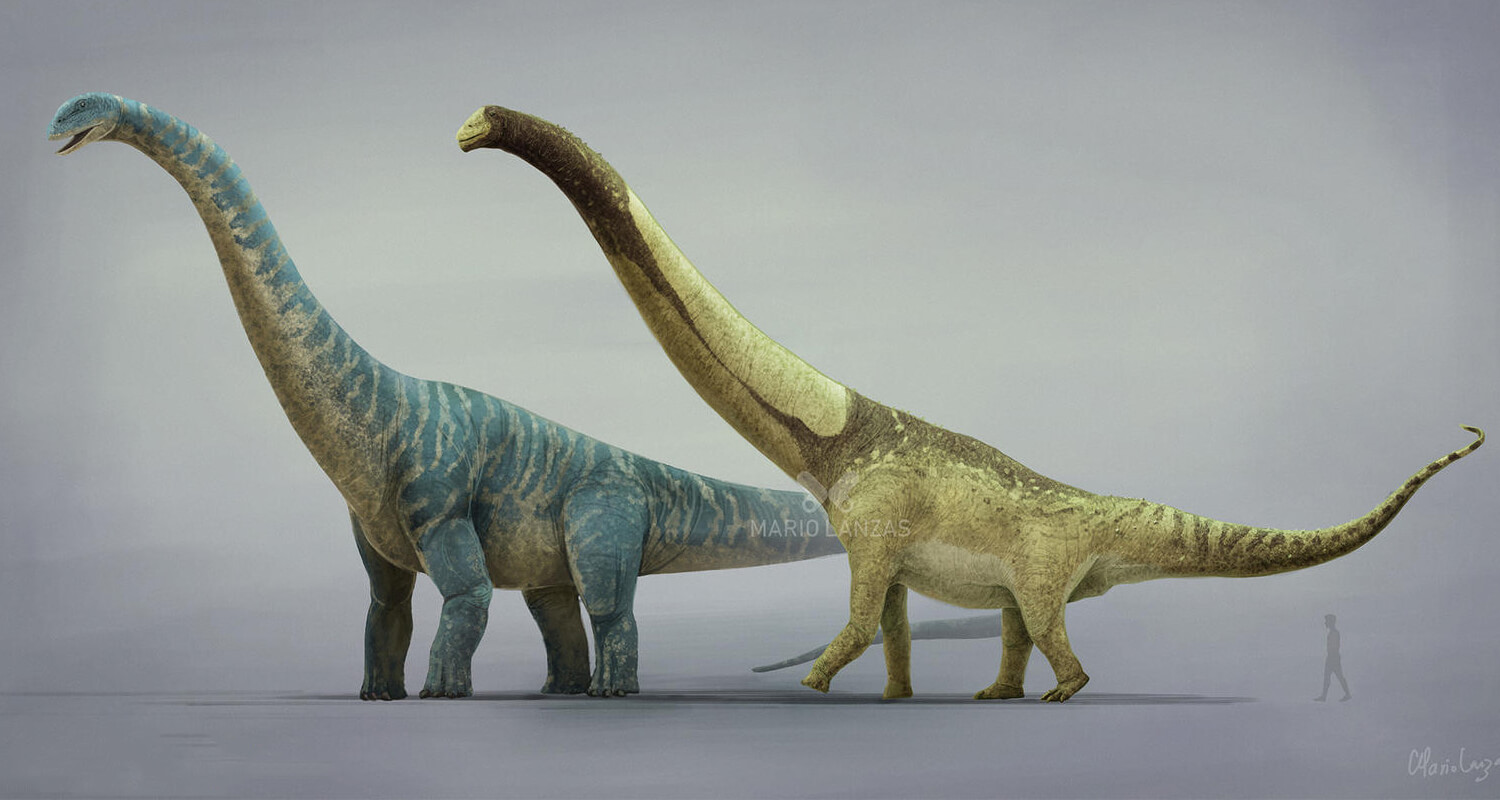
Size: Approximately 26 meters (85 feet) long
Weight: Estimated 59 tons
Time Period: Late Cretaceous (around 77 million years ago)
Dreadnoughtus was a massive titanosaurs with a heavily built body and long neck. Its name means "fear nothing," reflecting its immense size and likely lack of natural predators. It had a broad, sturdy body and thick limbs adapted for supporting its great weight.
Brachiosaurus
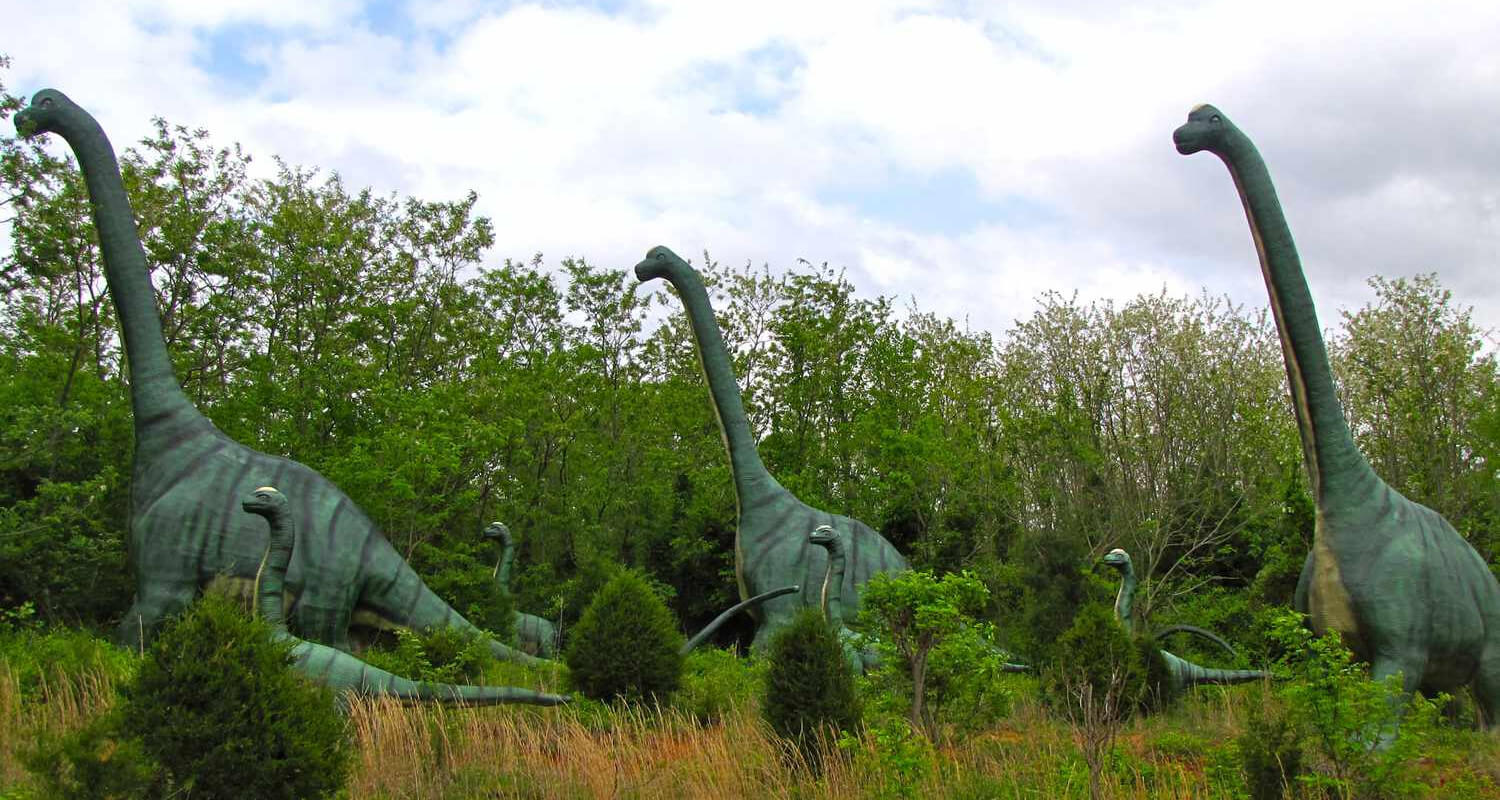
Size: About 25 to 30 meters (82 to 98 feet) long
Weight: Estimated 35 to 56 tons
Time Period: Late Jurassic (around 154 to 150 million years ago)
Brachiosaurus was a large sauropod notable for its long forelimbs, which made its body have a distinctive giraffe-like posture. Its high browsing capability allowed it to feed on vegetation that other herbivores could not reach, giving it an advantage in its environment.
Giganotosaurus

Size: Approximately 12 to 13 meters (39 to 43 feet) long
Weight: Estimated 8 tons
Time Period: Late Cretaceous (about 98 million years ago)
Giganotosaurus was one of the largest known terrestrial carnivores, with a massive skull and robust teeth adapted for hunting large prey. It had a large, powerful build and was likely a top predator in its ecosystem, preying on large sauropods.
Spinosaurus
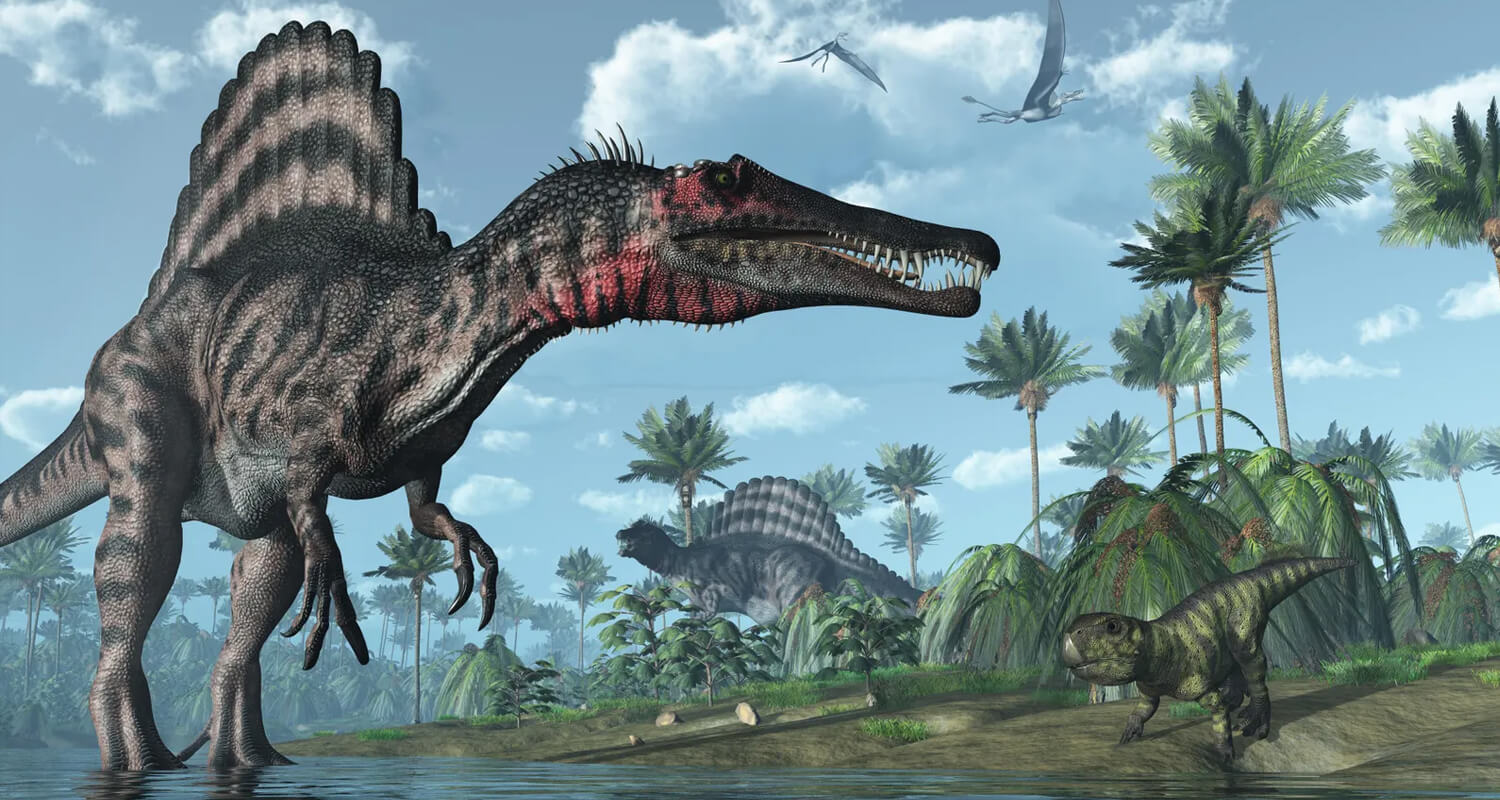
Size: About 15 to 18 meters (49 to 59 feet) long
Weight: Estimated 7 to 10 tons
Time Period: Late Cretaceous (around 112 to 93 million years ago)
Spinosaurus was a unique, semi-aquatic theropod with a long, crocodile-like snout and conical teeth suited for catching fish. It had a distinctive sail-like structure on its back formed by elongated neural spines and was adapted for a lifestyle that included both land and water habitats.
Supersaurus
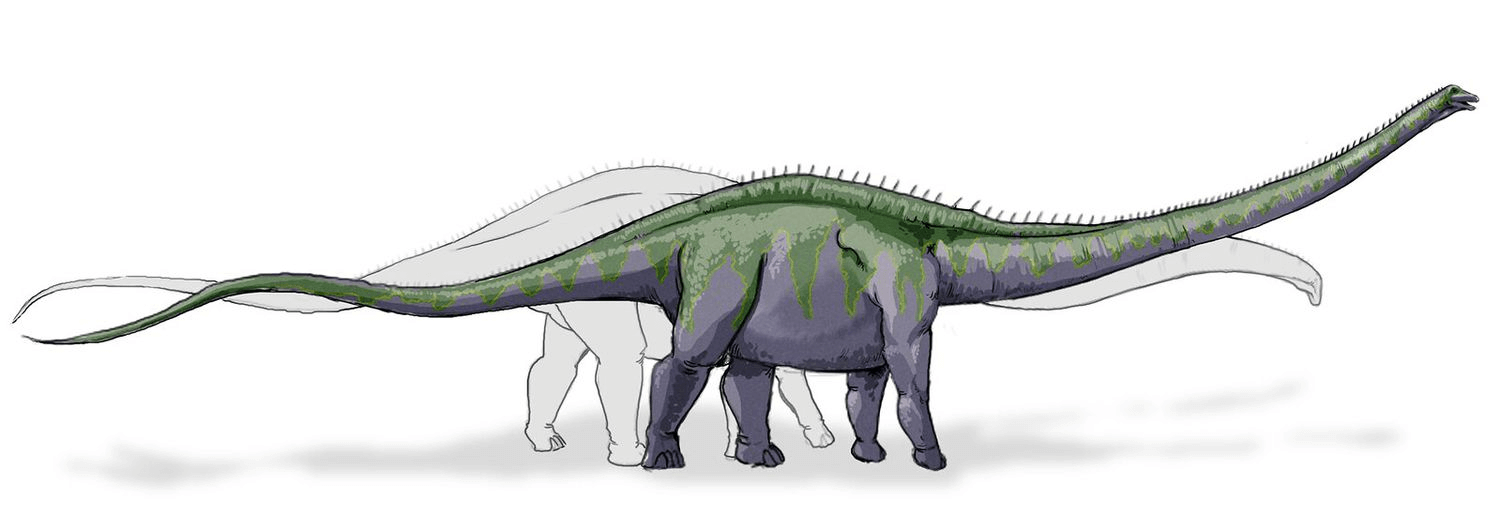
Size: Approximately 33 to 35 meters (108 to 115 feet) long
Weight: Estimated 35 to 40 tons
Time Period: Late Jurassic (around 150 million years ago)
Supersaurus was an enormous sauropod with a long neck and tail, contributing to its impressive overall length. Its large size and long limbs indicate it was a high-browsing herbivore, feeding on vegetation in the late Jurassic period.
Alamosaurus
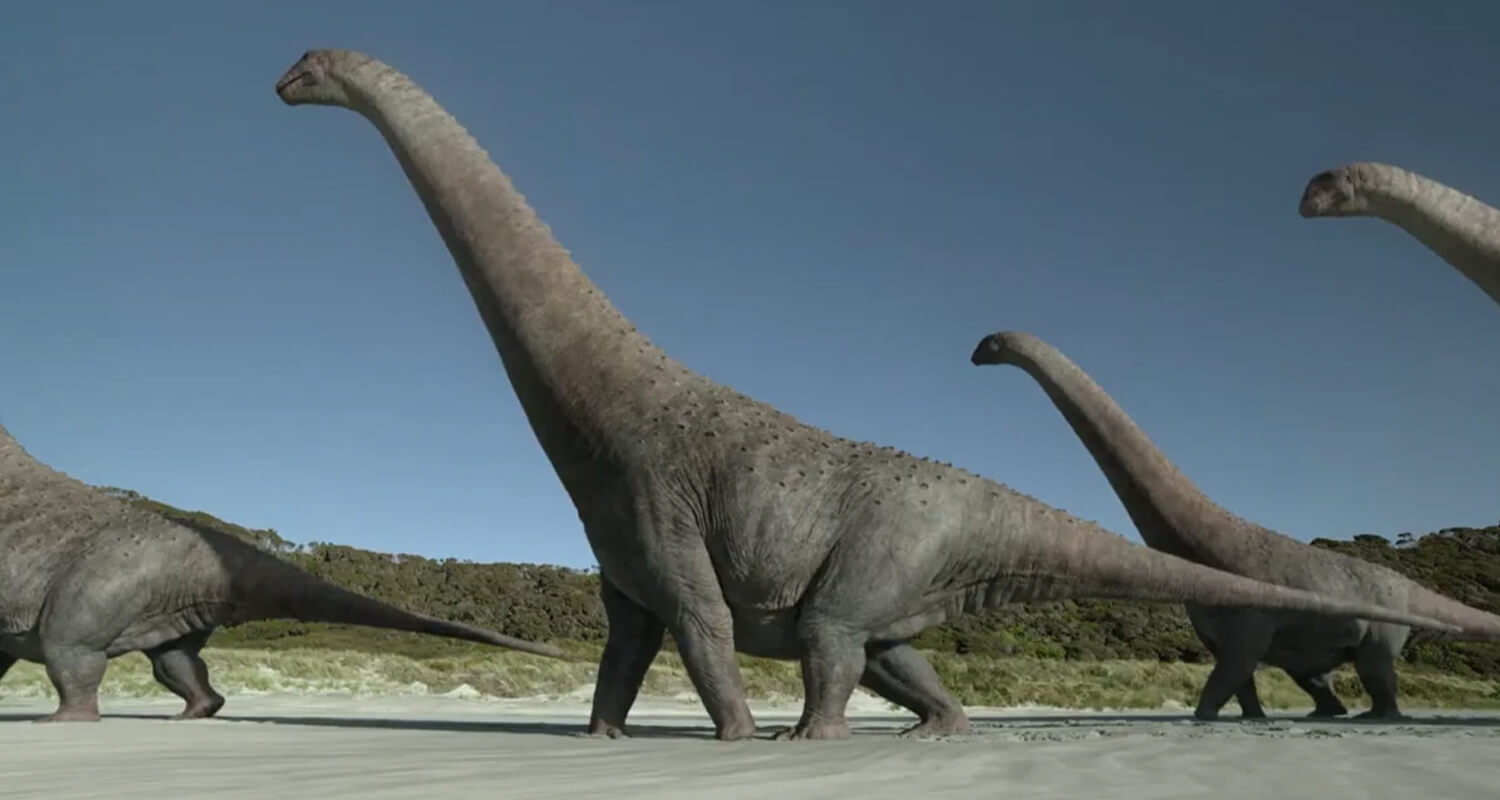
Size: About 25 to 30 meters (82 to 98 feet) long
Weight: Estimated 15 to 20 tons
Time Period: Late Cretaceous (approximately 70 million years ago)
Alamosaurus was a large sauropod known for its long neck and tail. It had a robust build with sturdy legs, adapted to support its substantial weight. It was a massive herbivore that roamed the area that is now North America.
Sauroposeidon

Size: Approximately 30 to 35 meters (98 to 115 feet) long
Weight: Estimated 40 to 50 tons
Time Period: Early Cretaceous (about 110 million years ago)
Sauroposeidon was a towering sauropod with an extraordinarily long neck, allowing it to reach high vegetation. Its massive body was supported by thick, pillar-like legs, making it one of the tallest known dinosaurs.
Titanosaurus
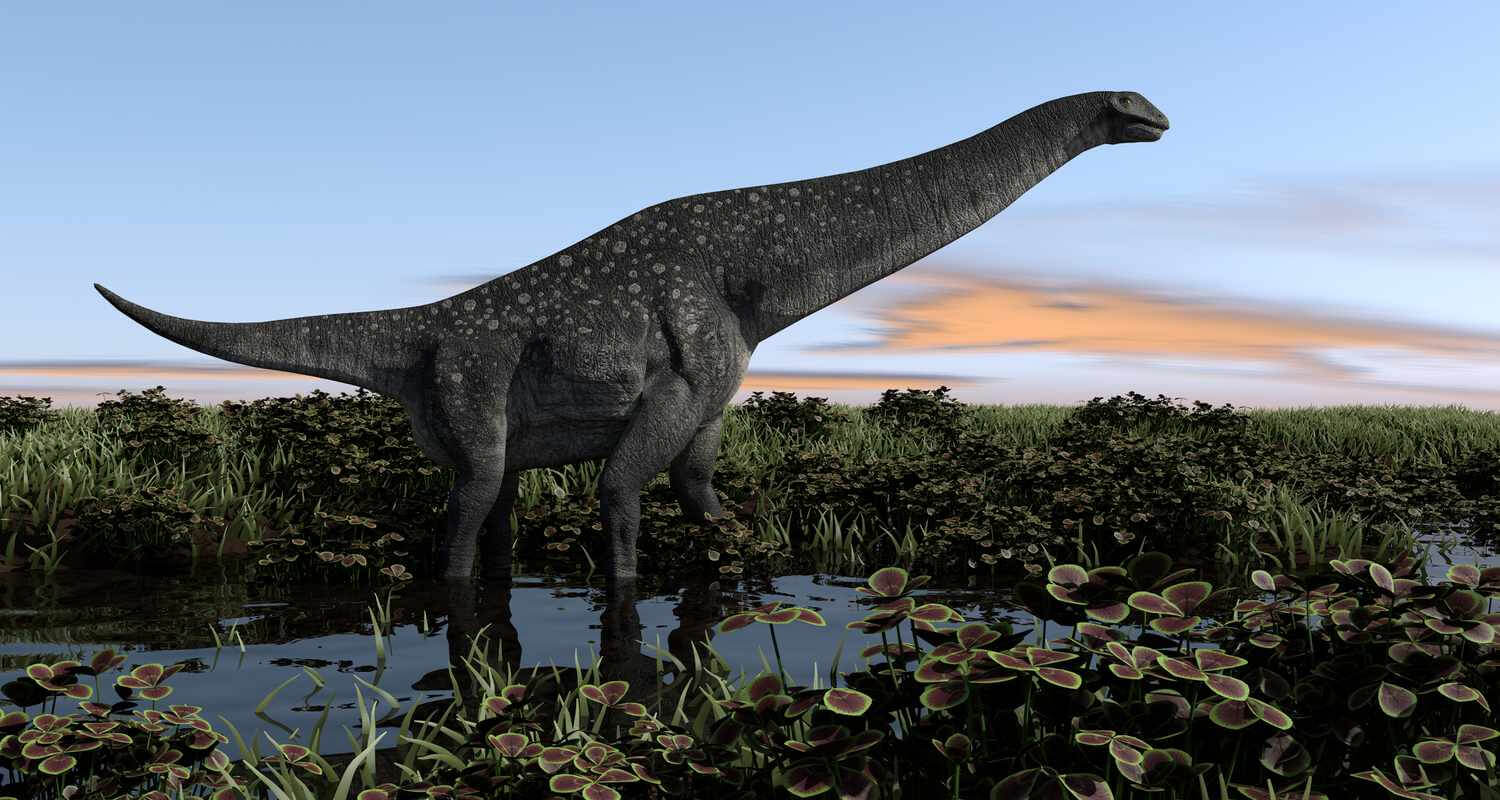
Size: About 15 to 25 meters (49 to 82 feet) long
Weight: Estimated 10 to 20 tons
Time Period: Late Cretaceous (approximately 85 to 70 million years ago)
Titanosaurus was a sizable sauropod with a relatively short neck compared to other titanosaurs. It had a robust body with a broad torso and sturdy limbs, adapted for supporting its weight while browsing for plants.
Enhancing the Dinosaur Experience with Animatronics
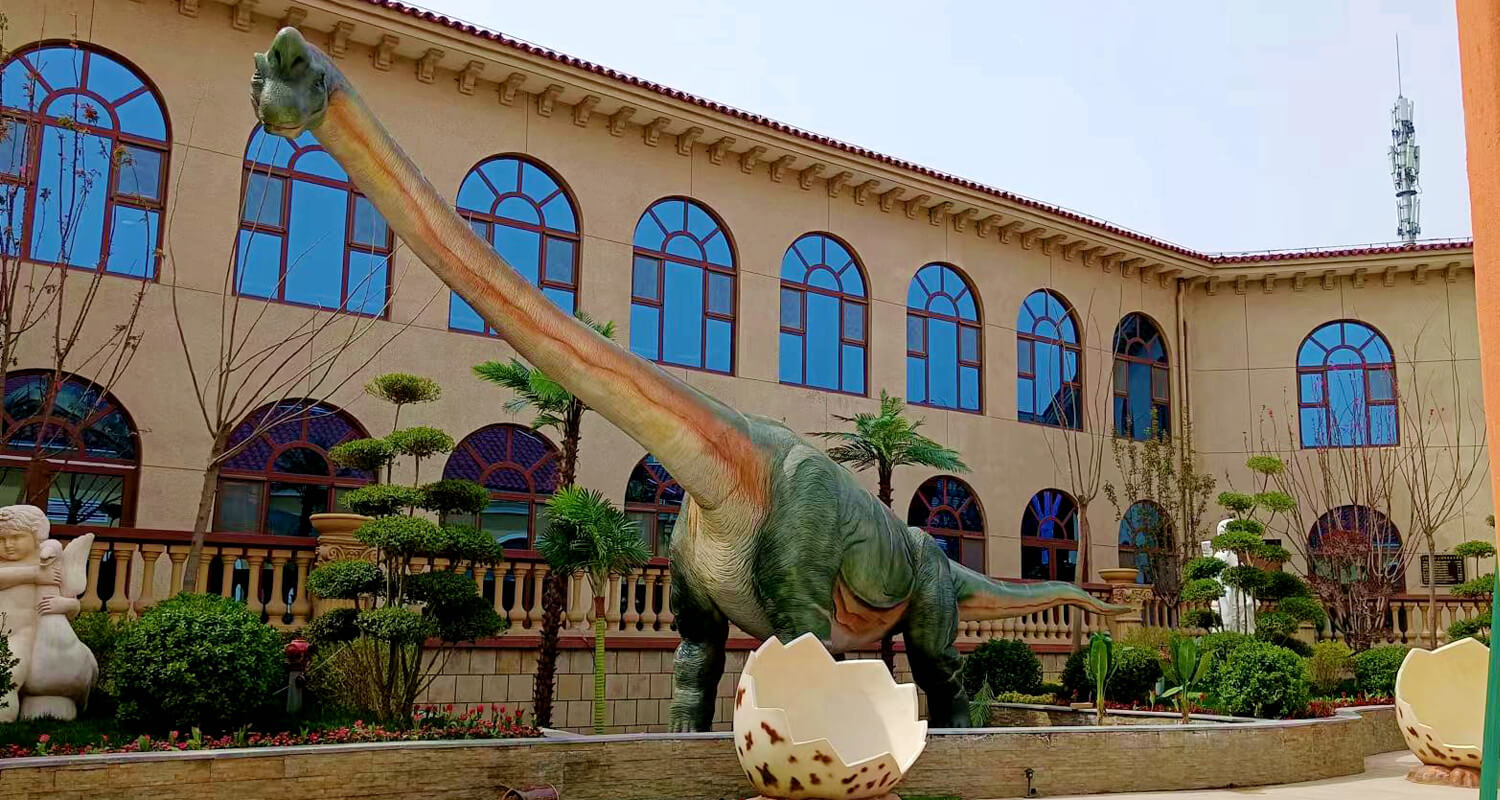 To bring the awe-inspiring world of these gigantic dinosaurs to life, consider incorporating animatronic dinosaurs into your exhibits or events. Our customizable animatronic dinosaurs offer an immersive and interactive experience that enhances the thrill of learning about these prehistoric giants. These life-sized models, which include species like Argentinosaurus, Brachiosaurus, and Giganotosaurus, are perfect for museums, theme parks, shopping malls, and exhibitions. With features such as realistic movements, sounds, and customizable colors and sizes, our animatronic dinosaurs can make any setting feel like a real-life prehistoric adventure. Imagine hosting an educational event or exhibit with these incredible creatures bringing the ancient world to life, creating an unforgettable experience for audiences of all ages.
To bring the awe-inspiring world of these gigantic dinosaurs to life, consider incorporating animatronic dinosaurs into your exhibits or events. Our customizable animatronic dinosaurs offer an immersive and interactive experience that enhances the thrill of learning about these prehistoric giants. These life-sized models, which include species like Argentinosaurus, Brachiosaurus, and Giganotosaurus, are perfect for museums, theme parks, shopping malls, and exhibitions. With features such as realistic movements, sounds, and customizable colors and sizes, our animatronic dinosaurs can make any setting feel like a real-life prehistoric adventure. Imagine hosting an educational event or exhibit with these incredible creatures bringing the ancient world to life, creating an unforgettable experience for audiences of all ages.
FAQs
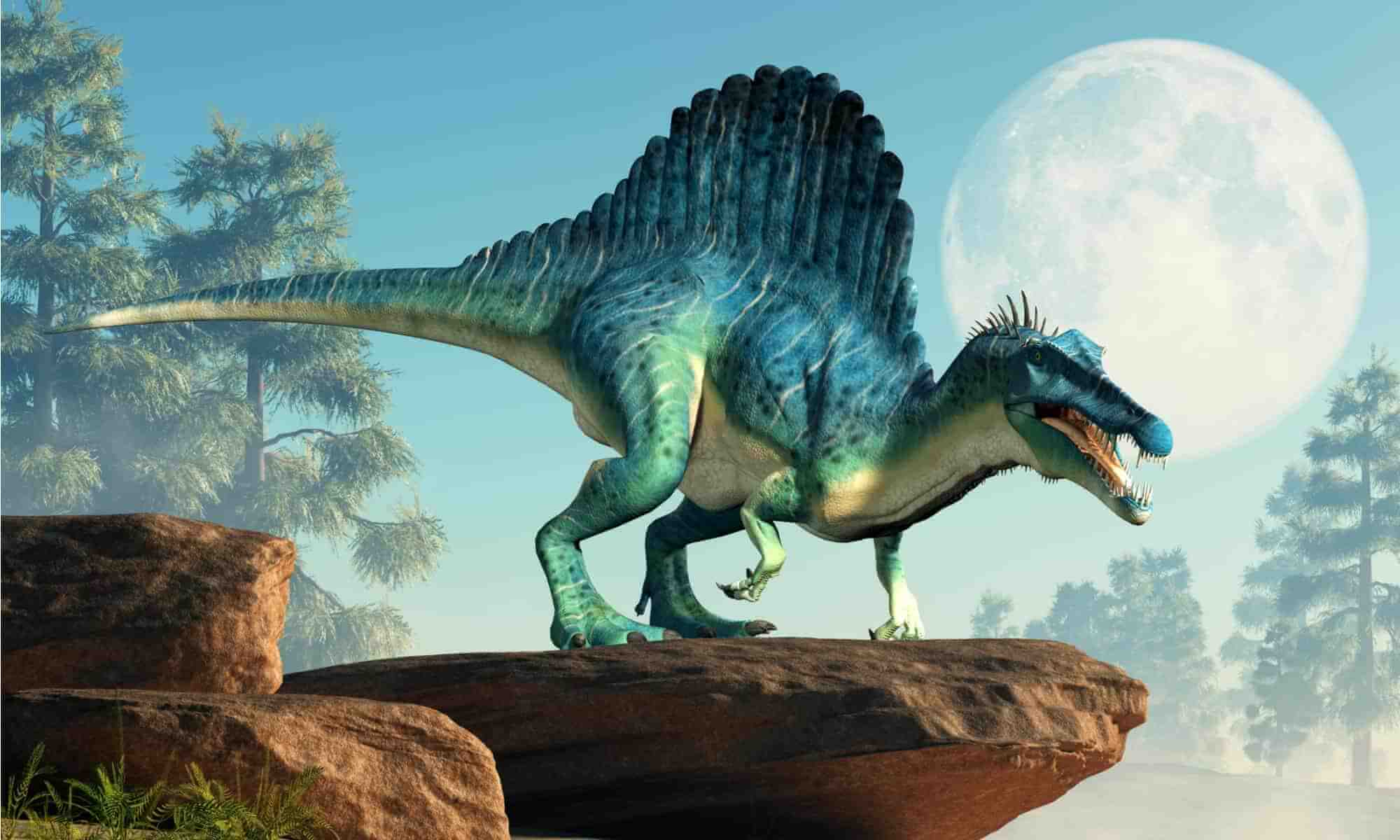
What is the biggest dinosaur to ever exist?
Argentinosaurus is considered one of the biggest dinosaurs to ever exist. Estimates suggest it could reach lengths of up to 100 feet and weigh as much as 100 tons, making it one of the largest land animals ever known.
Which was bigger, Argentinosaurus or Giganotosaurus?
Argentinosaurus was significantly larger than Giganotosaurus. While Argentinosaurus could reach lengths of up to 100 feet and weigh 100 tons, Giganotosaurus was about 43 feet long and weighed approximately 8 tons.
Was Giganotosaurus the largest carnivorous dinosaur?
Giganotosaurus is among the largest known carnivorous dinosaurs, but recent findings suggest that Spinosaurus might have been larger, with estimates of Spinosaurus reaching up to 59 feet in length.
Conclusion
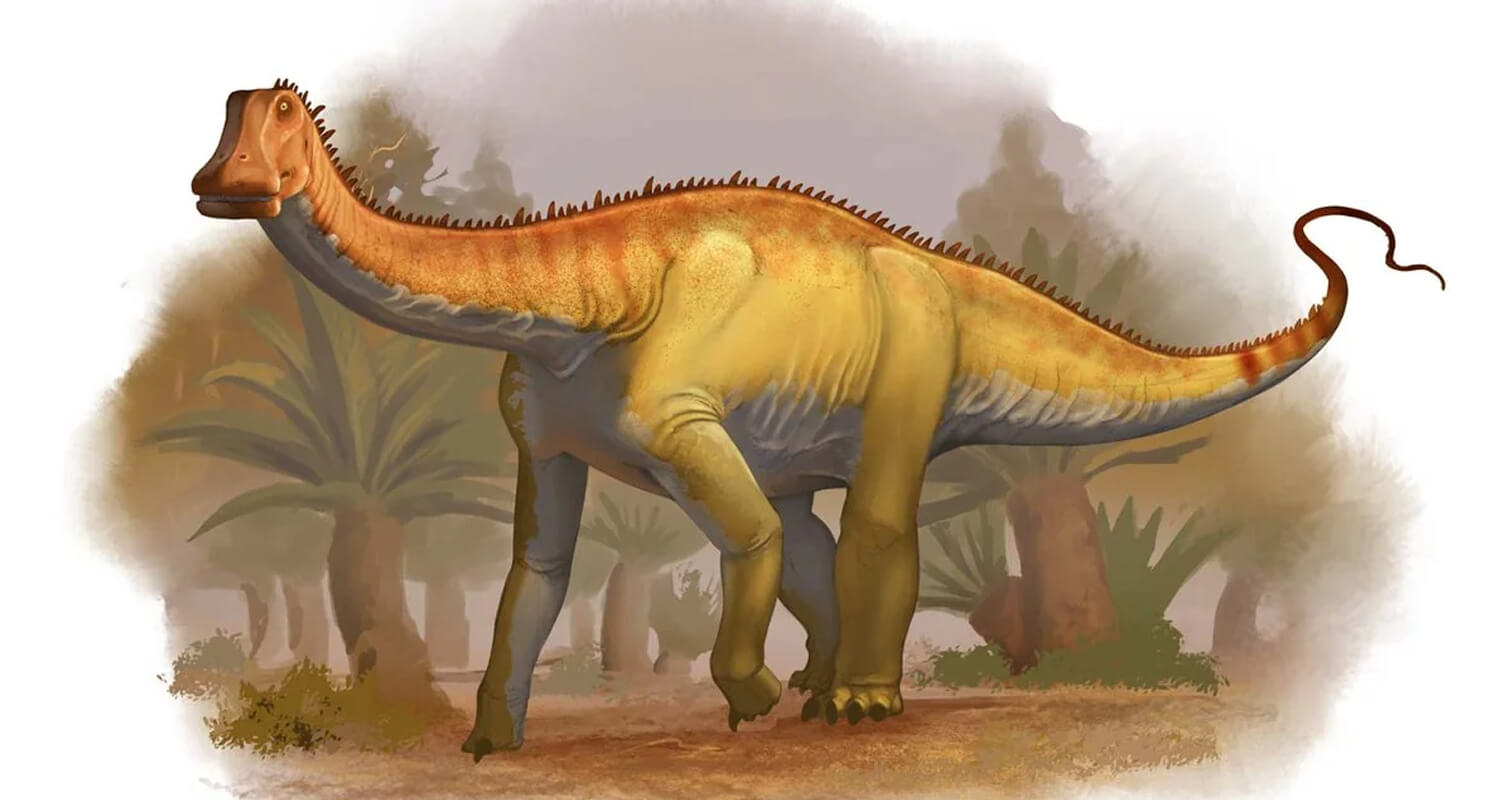 The biggest dinosaurs continue to captivate our imaginations with their immense size and the mysteries they hold. From the colossal Argentinosaurus to the fearsome Giganotosaurus, these giants of the prehistoric world remind us of the incredible diversity and scale of life that once roamed the Earth. By incorporating animatronic dinosaurs into your educational or entertainment events, you can bring these magnificent creatures to life, offering a truly immersive and unforgettable experience.
The biggest dinosaurs continue to captivate our imaginations with their immense size and the mysteries they hold. From the colossal Argentinosaurus to the fearsome Giganotosaurus, these giants of the prehistoric world remind us of the incredible diversity and scale of life that once roamed the Earth. By incorporating animatronic dinosaurs into your educational or entertainment events, you can bring these magnificent creatures to life, offering a truly immersive and unforgettable experience.
Explore our range of animatronic dinosaurs and discover how they can enhance your exhibits, making the prehistoric world come alive for audiences of all ages. Whether you're a museum curator, event organizer, or dinosaur enthusiast, our products can help create a captivating and educational adventure.
